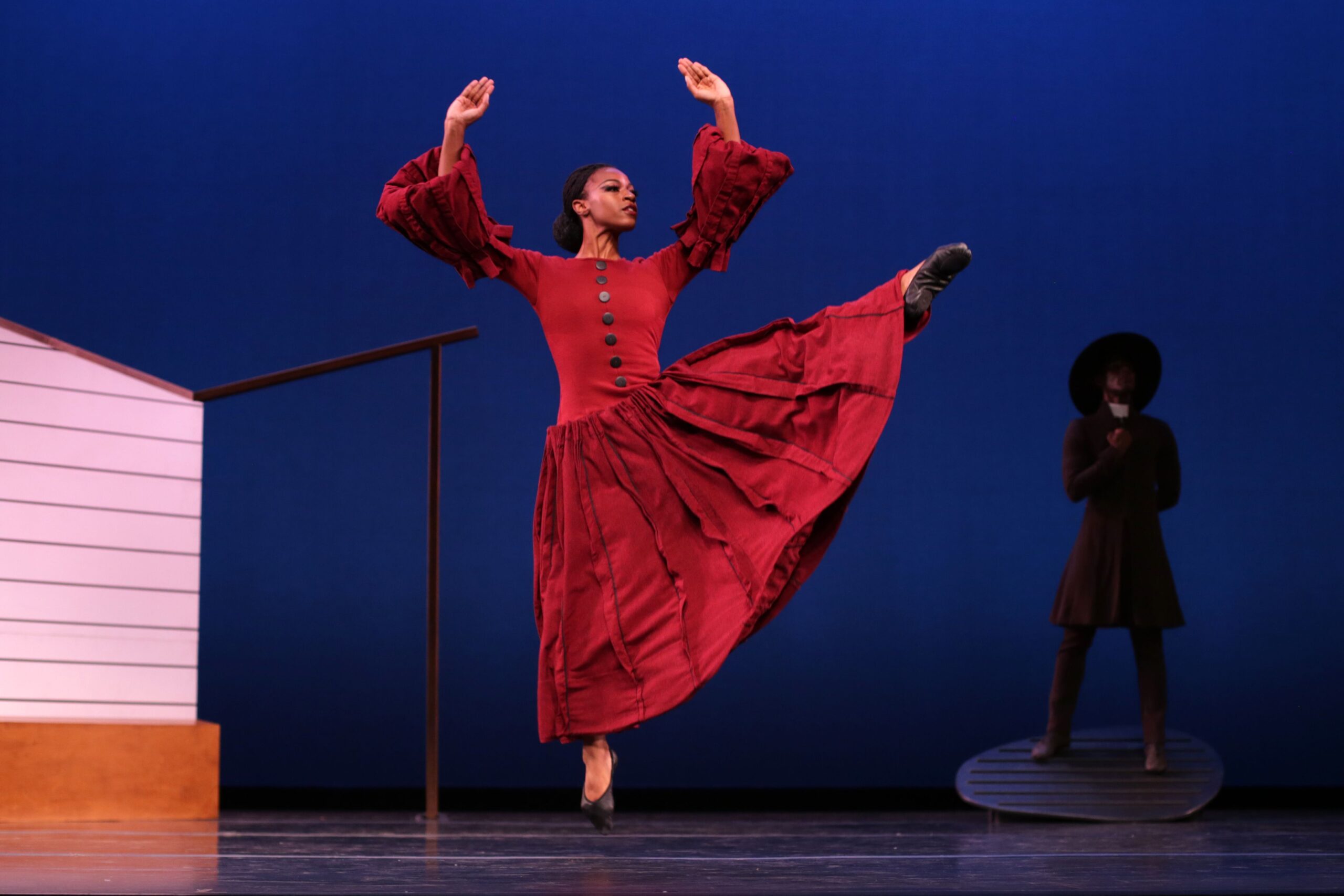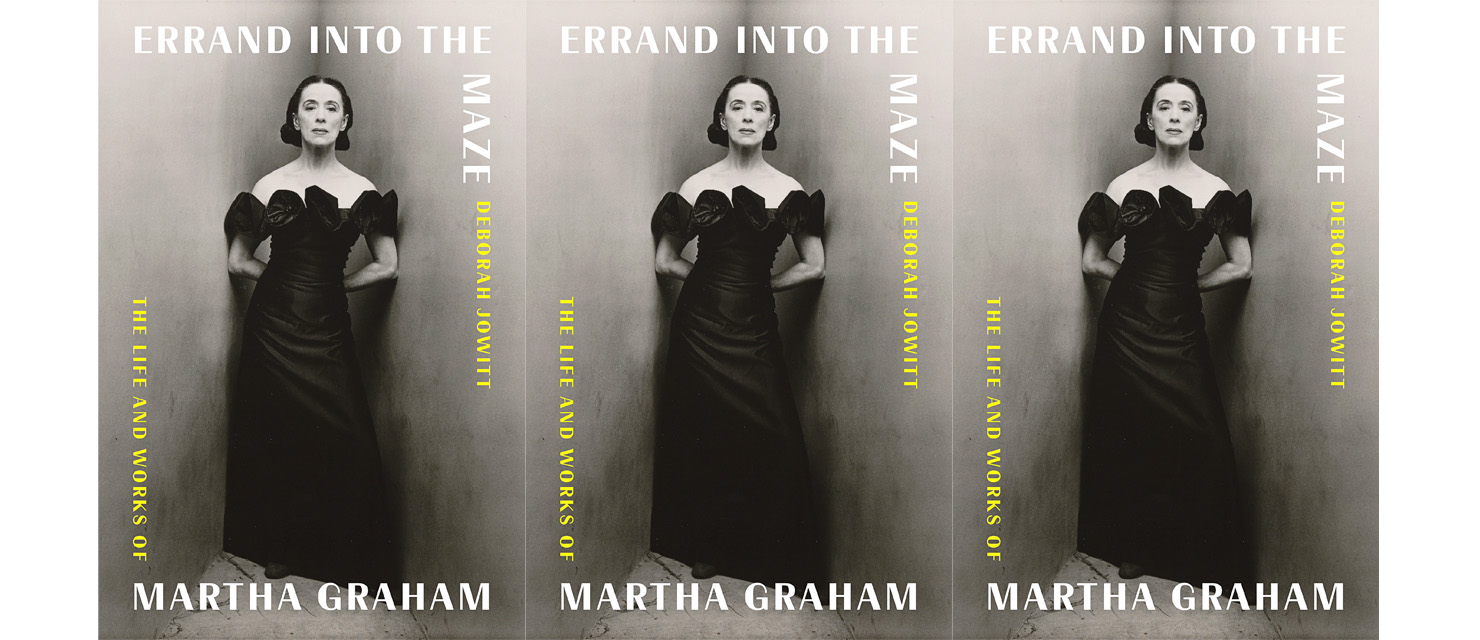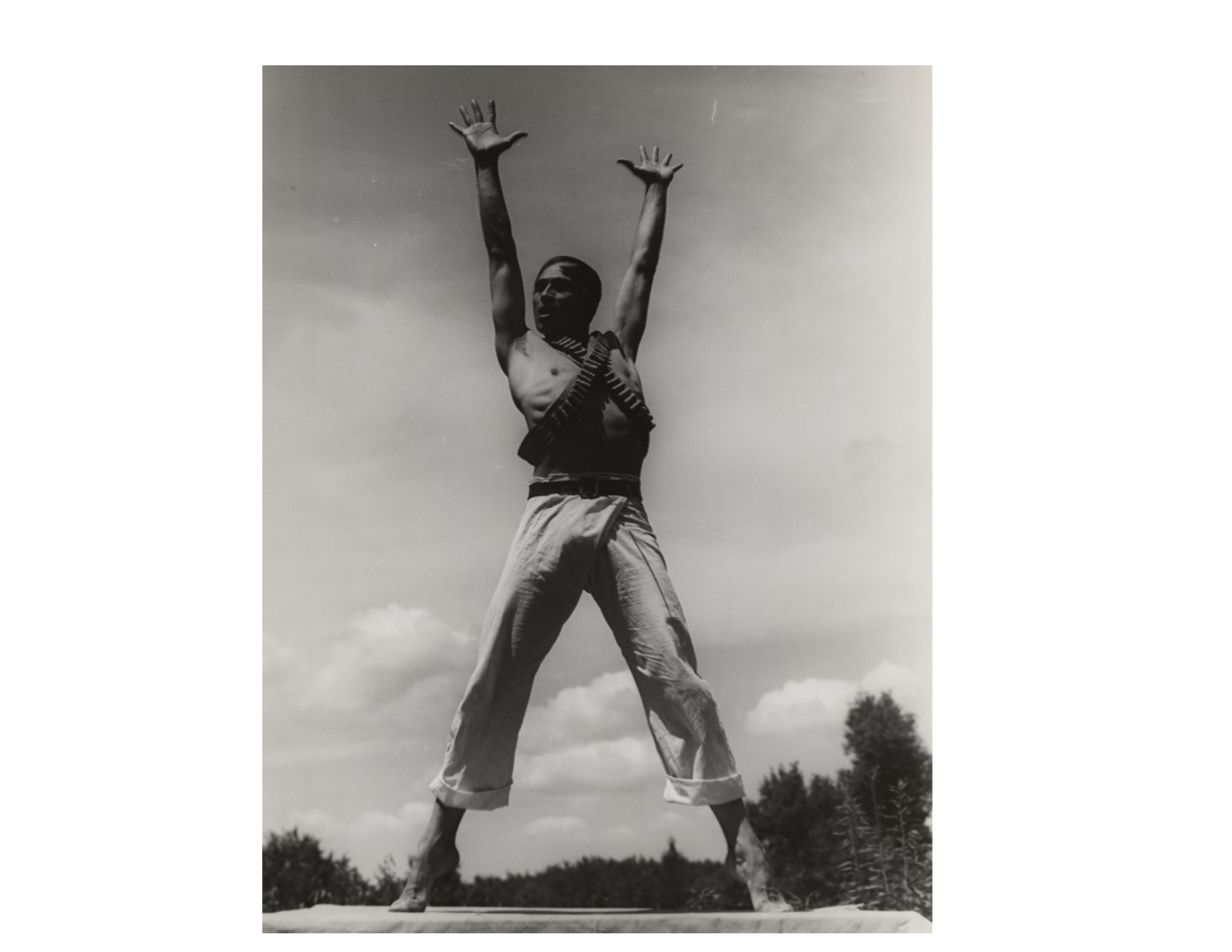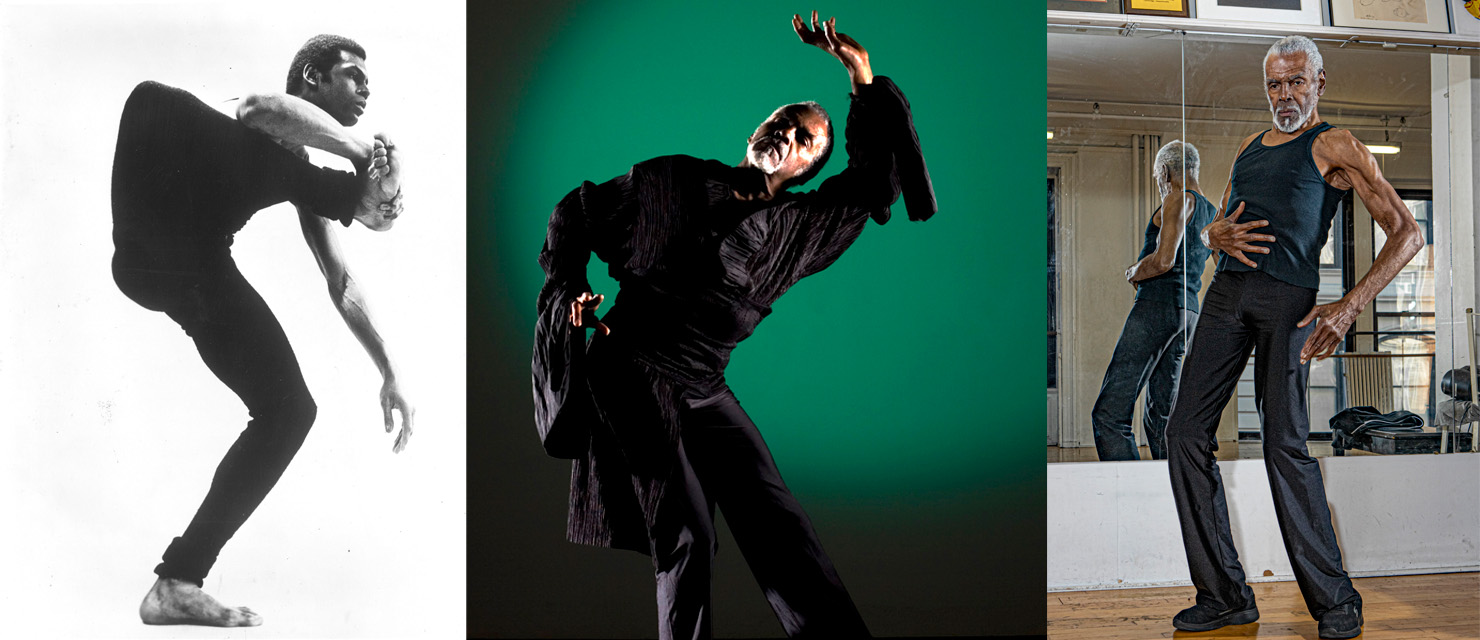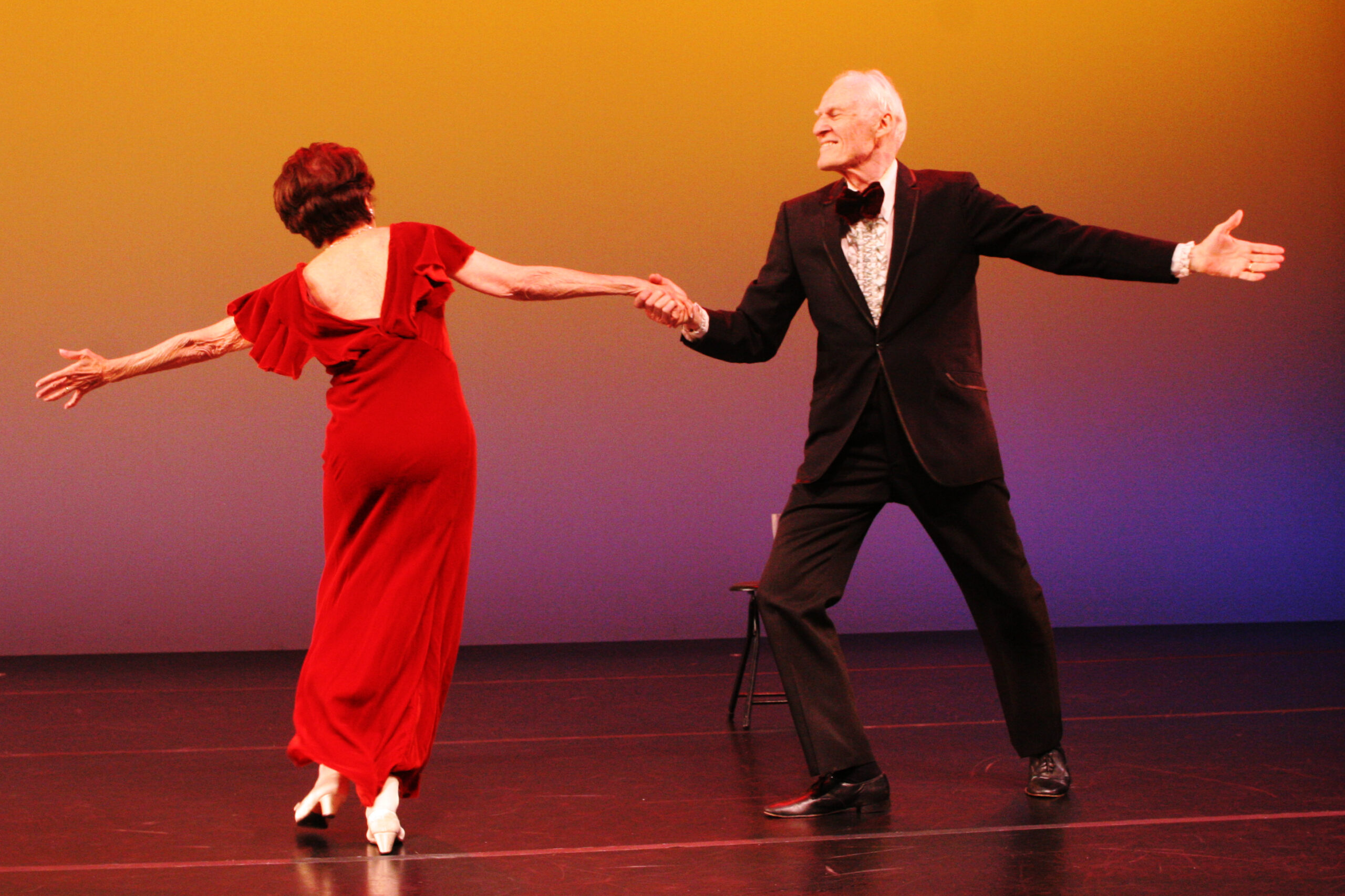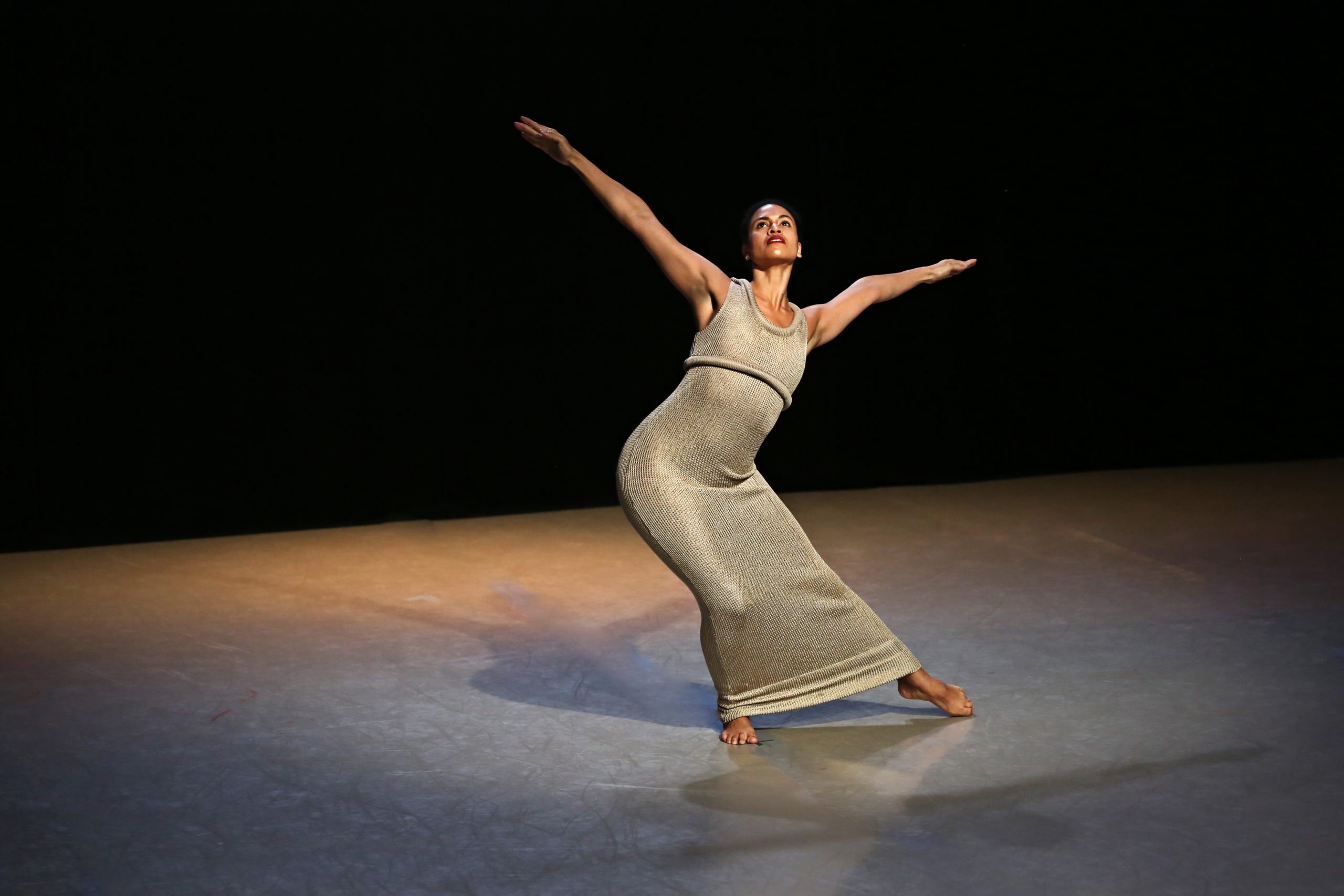For decades, the development of American modern dance was largely seen as a reaction to classicism. But many other forces drove modern pioneers’ art. “At the heart of modernism, there is trauma,” says art historian Bruce Robertson. Robertson and dance historian Ninotchka Bennahum are the curators behind the New York Public Library for the Performing Arts’ exhibit “Border Crossings: Exile and American Modern Dance, 1900–1955,” which recognizes the foundational—and often overlooked—contributions that marginalized dancers, including Limón, made to the development of American modern dance.


